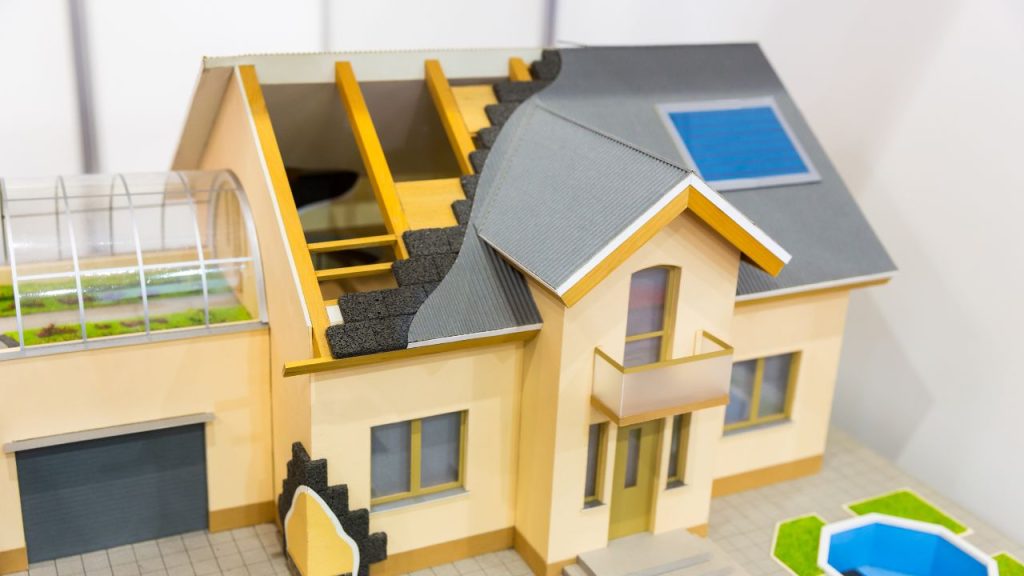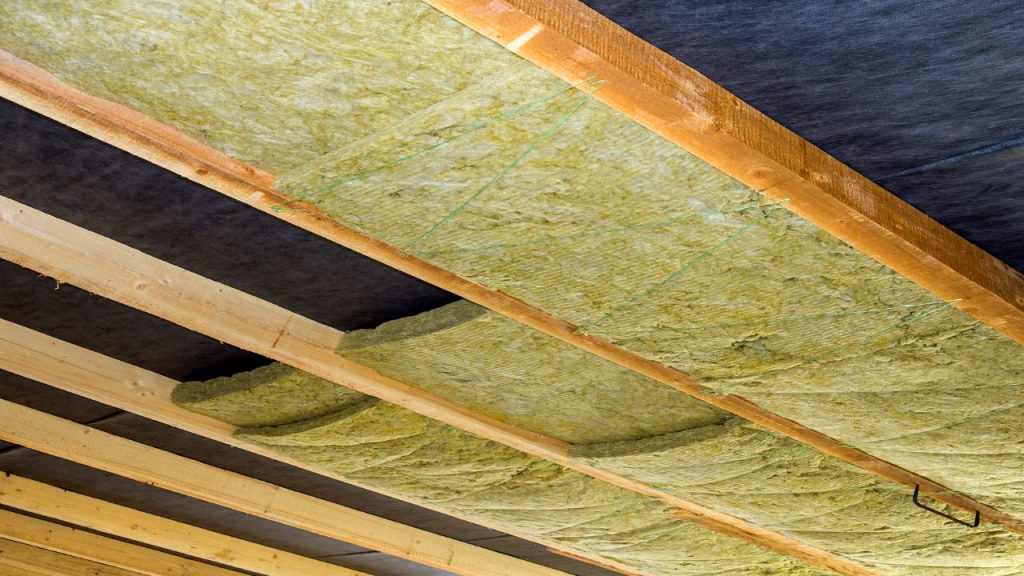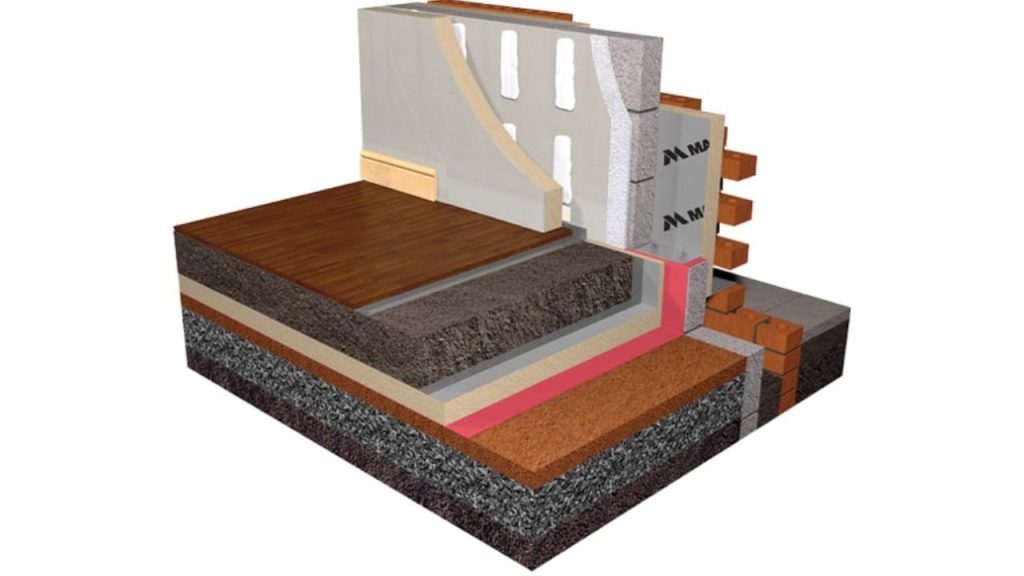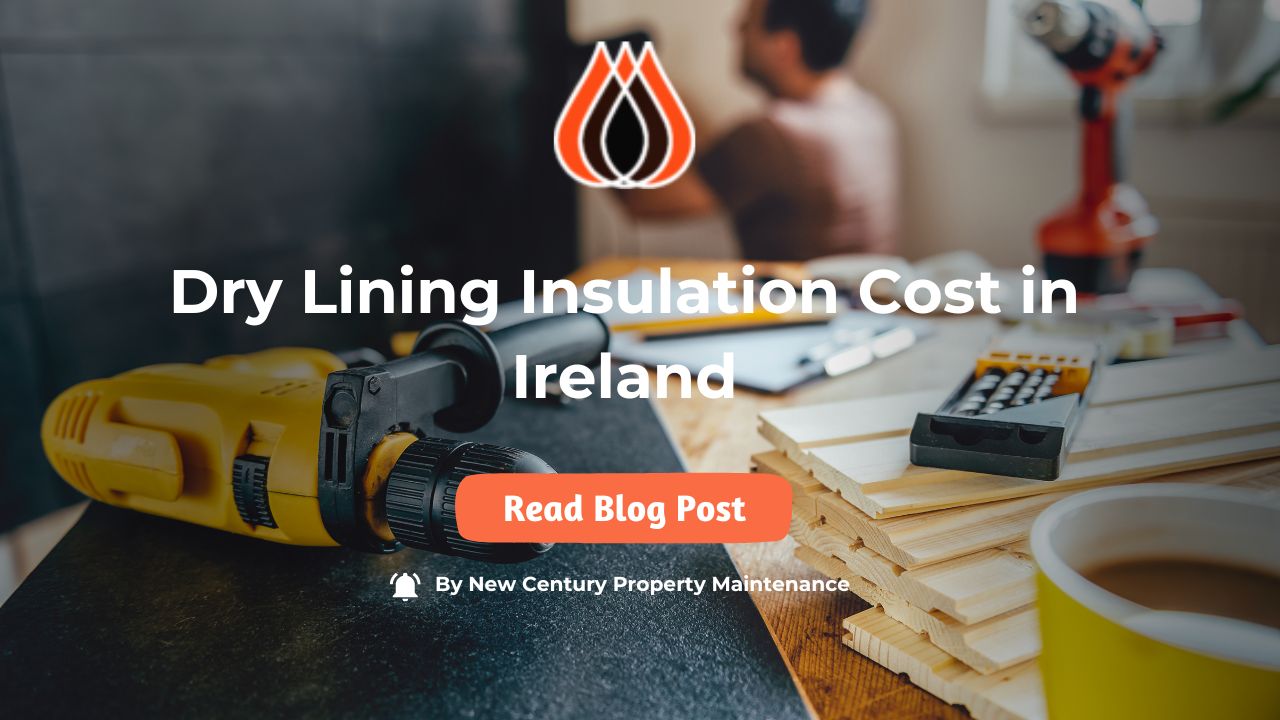Are you looking for a way to improve the energy efficiency, comfort, and appearance of your home or office? Do you want to reduce your heating bills and carbon footprint? If yes, then you might want to consider dry lining insulation.
It is a process of installing insulated plasterboard on the inner side of the external walls, creating a warm and cosy interior. It is a popular and cost-effective alternative to traditional wet plastering, which can be messy, time-consuming, and prone to cracking.
But how much does dry lining insulation cost in Ireland? And what factors affect the price? This blog post will answer these questions, giving you a comprehensive and in-depth guide to dry lining insulation cost in Ireland.
How Much Does Dry Lining Insulation Cost in Ireland?
The cost of dry lining insulation in Ireland depends on several factors, such as:
- The type and thickness of insulation material
- The size and shape of the area to be insulated
- The condition and accessibility of the walls
- The quality and experience of the service provider
- The availability of grants and incentives

Let’s look at each factor in more detail.
The Type and Thickness of Insulation Material
Different types and thicknesses of insulation materials have different costs and performance levels. Generally, the thicker and denser the insulation material, the higher the cost and the better the insulation value. However, thicker insulation materials also require more space and may reduce the internal floor area of your home or office.
Some of the common types and thicknesses of insulation materials used for dry lining insulation in Ireland are:
- Mineral wool: This is a fibrous material made from rock or slag. It is usually supplied in rolls or batts and has a thickness of 50 to 100 mm. It has a low to medium cost and a medium insulation value.
- Polyurethane foam: This is a synthetic material that is sprayed or injected into the wall cavity or behind the plasterboard. It has a thickness of 25 to 100 mm. It has a medium to high cost and a high insulation value.
- Insulated boards: These are rigid boards made from polystyrene, polyisocyanurate, or phenolic foam. They have a thickness of 25 to 100 mm and are attached to the wall using adhesive or mechanical fixings. They have a high cost and a high insulation value.
- Natural fibres: These are materials made from plant or animal sources, such as hemp, sheep’s wool, or cellulose. They are usually supplied in rolls, batts, or loose fill and have a thickness of 50 to 100 mm. They have a medium to high cost and a medium insulation value.
The choice of insulation material depends on your budget, preference, and specific needs. You should also consider the fire rating, moisture resistance, and environmental impact of the insulation material.
The Size and Shape of the Area to be Insulated
The size and shape of the area you want to insulate in your home or office also affect the cost of dry lining insulation. Generally, the larger and more complex the area, the higher the cost. This is because more materials and labour are required, and more waste is generated.
For example, insulating a large and irregular-shaped room with multiple windows and doors will cost more than insulating a small and simple room with few openings.
The Condition and Accessibility of the Walls
The condition and accessibility of the walls you want to insulate also influence the cost of dry lining insulation. If your walls are damaged, uneven, or have electrical or plumbing fixtures, they may require additional preparation and repair work before the insulation can be applied. This can increase the time and cost of the project.
Similarly, if your walls are hard to access or have obstacles such as furniture, appliances, or radiators, they may require more effort and equipment to insulate. This can also increase the time and cost of the project.
The Quality and Experience of the Service Provider
The quality and experience of the service provider you choose for your dry lining insulation project also affect the cost. A reputable and experienced service provider will have the necessary skills, knowledge, and equipment to perform the job efficiently and effectively. They will also offer a guarantee and warranty for their work and materials.
A low-quality or inexperienced service provider may charge less, but they may also compromise the quality and safety of the project. They may use inferior materials, cut corners, or make mistakes that can result in poor insulation performance, damage to your property, or health and fire hazards.
Therefore, it is important to do your research and compare different service providers before hiring one for your dry lining insulation project. You should check their credentials, references, reviews, and portfolio to ensure they are qualified and reliable.
The Availability of Grants and Incentives
The availability of grants and incentives for dry lining insulation can also reduce the cost of the project. In Ireland, there are various schemes and programmes that offer financial support for homeowners and businesses who want to improve the energy efficiency of their properties.
One of the main sources of funding for dry lining insulation is the SEAI Home Energy Grants, which provide up to €2,400 for internal wall insulation, depending on the property type. To qualify for the grant, you must meet certain criteria, such as:
- You must own a dwelling that was built and occupied before 2006.
- You must use a registered contractor from the SEAI network.
- You must have a Building Energy Rating (BER) done before and after the work.
- You must complete the works within six months of grant approval.
Other sources of funding for dry lining insulation include the Better Energy Communities programme, the Warmer Homes scheme, and the Energy Efficiency Obligation Scheme. You can check the eligibility and application process for each scheme on the SEAI website or contact them for more information.
What is the Average Dry Lining Insulation Cost Range in Ireland?

The cost of dry lining insulation services can vary depending on the factors mentioned above, as well as your location and the specific service provider you choose. In general, dry lining insulation services can range from €40 to €130 per square metre, depending on the type and thickness of insulation material. The total cost will depend on the size of the area, the scope of work required, and any additional services requested.
To get an accurate cost estimate for your specific project, it is recommended to contact multiple service providers, provide them with details about your project, and request detailed quotes. This will allow you to compare prices and services to make an informed decision.
What are the Advantages and Disadvantages of Dry Lining Insulation?

Dry Lining insulation has many advantages, but it also has some disadvantages that should be considered before opting for it. Here are some of the pros and cons of dry lining insulation:
Advantages
- It is a quick and easy way to insulate your walls, as it does not require wet trades or drying time
- It can improve the appearance and value of your property, as it creates a smooth and even surface for decoration
- It can reduce your energy bills and carbon emissions, as it prevents heat loss through the walls
- It can improve the comfort and health of your occupants, as it creates a warm and dry interior
- It can reduce noise and fire risks, as it adds an extra layer of sound and fire insulation
Disadvantages
- It can reduce the internal floor space, as it adds a few centimetres to the thickness of the walls
- It can affect the breathability and moisture balance of the walls, as it creates a vapour barrier that may trap moisture inside
- It can be difficult to fix heavy items to the walls, as the plasterboard may not be strong enough to support them
- It can be expensive and disruptive, as it requires removing and replacing the existing skirting boards, sockets, switches, radiators, and other fixtures
Conclusion
Dry Lining insulation is a great way to improve the energy efficiency, comfort, and appearance of your home or office. However, it also has some drawbacks, such as reducing the internal floor space, affecting the breathability of the walls, and requiring careful installation.
Therefore, it is important to weigh the pros and cons of dry lining insulation and choose the right contractor for your project. If you are looking for a reliable and experienced contractor for dry lining insulation in Ireland, look no further than New Century.
We offer free consultations and quotes and guarantee 100% customer satisfaction. Whether you need dry lining insulation for your home, office, or commercial building, we can provide you with the best solution at the best price.
Contact us today and let us help you transform your property with dry lining insulation.
FAQs
What is the cost of dry lining insulation in Ireland?
The cost varies based on material, area size, and accessibility, typically ranging from €40 to €130 per square metre. It’s important to do thorough research, compare quotes, and check tradesmen’s references. Additionally, exploring SEAI grants could reduce costs.
What steps are involved in the process of dry lining interior insulation?
The process includes removing existing skirting boards, dry lining, and window boards, then installing 92mm insulated plasterboard to walls and 38mm to window reveals, ensuring no gaps at the back using mechanical fixings.
What are the advantages of internal insulation or dry lining?
Benefits include increased comfort in the home, reduced energy costs, cost-effectiveness, and maintaining the external wall appearance, making it suitable for homes with solid or hollow block walls.
Is there a certified dry lining system in Ireland?
Yes, OPTIMA is the first NSAI Certified Dry Lining System in Ireland, offering significant improvements in thermal and sound insulation, airtightness, and moisture control.
How does dry lining differ from plastering?
Dry lining involves using plasterboards to create smooth inner wall surfaces, offering a quicker and potentially more cost-effective alternative to traditional plastering, which is slower and might not involve using specialised materials.
Can dry lining insulation improve a home’s appearance and functionality?
Yes, dry lining not only enhances thermal efficiency but also provides a way to improve old or damaged walls, contributing to both aesthetic and functional upgrades of the living space.

